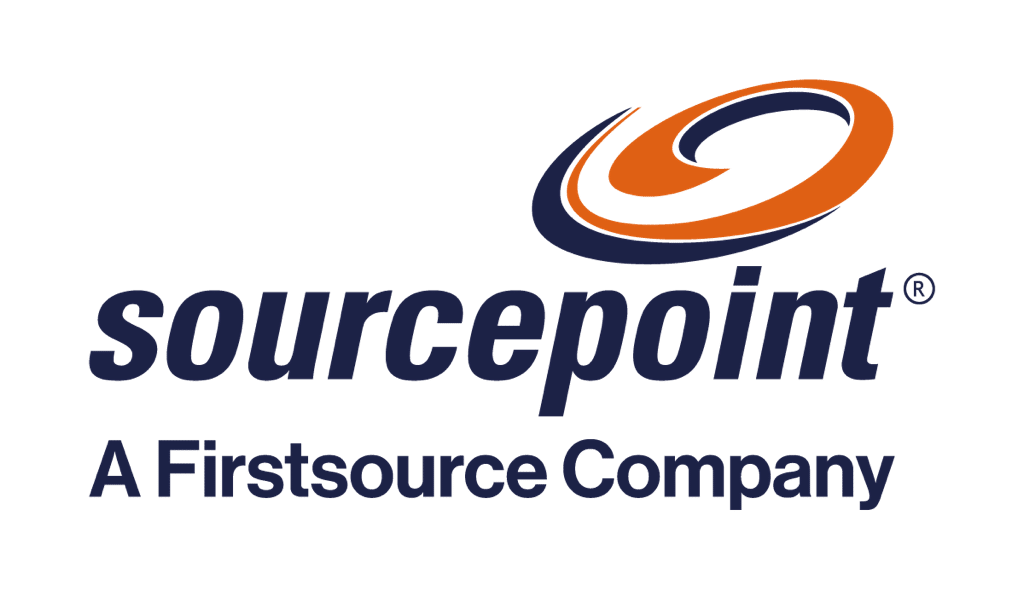The research analyzes how outsourcing can be a gateway to innovation and adoption of emerging technologies in the mortgage servicing business.
Adoption of mortgage technology will take center stage in the rapidly transforming competitive landscape and we’re seeing lenders embracing innovation in their origination businesses, adopting the latest and greatest emerging technologies. But, unfortunately for lenders, Mortgage servicing is a high-cost, manually intensive process, and the increasingly small margins mean lenders struggle to find the capital needed to fully embrace the digital era.
HFS has already taken a deep dive into the mortgage origination business and declared that “disruption, not duct tape, is the key for mortgage transformation.” In response, we’re finally seeing lenders embrace innovation in their origination businesses, adopting the latest and greatest emerging technologies. But, unfortunately for lenders, it’s a similar story for mortgage servicers—they have thus far struggled to fully embrace the digital era. To understand why, we connected with Sourcepoint, a leading business process outsourcing (BPO) provider specializing in mortgage services, and separately spoke to one of its clients, a mortgage servicing leader. We discussed the challenges both companies face, the relationship between provider and enterprise, and how they are revolutionizing mortgage servicing together.
Mortgage servicing is undeniably manually intensive. Lenders have historically had to nurture a sizable workforce with state-specific licensure requirements to manage loan administration, operate call centers, handle customer queries, and complete the back-office tasks required to ensure it meets all customer demands and manages the mortgage correctly through its entire lifecycle. Not only this, but thanks to the strict regulations in the mortgage industry, lenders must employ teams to ensure their call center associates are compliant – asking for all the correct information and handling all personal data securely. These regulations and requirements mean that mortgage servicing is a high-cost, manually intensive process, but the increasingly small margins mean lenders struggle to find the capital needed to invest in innovation—often hampering efforts to streamline processes.




